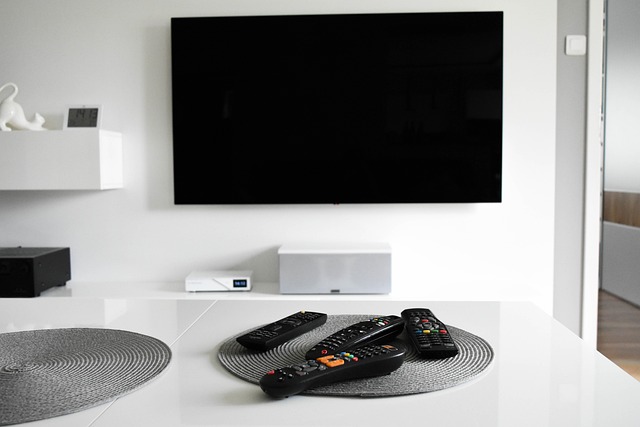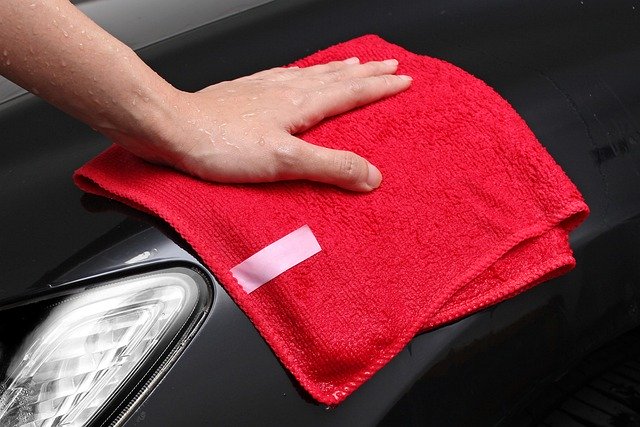When it comes to maintaining a clean and healthy home, many of us rely on various cleaning products. From all-purpose cleaners to laundry detergents, these products promise to eliminate dirt, germs, and odours. However, have you ever stopped to consider the impact of cleaning products on your indoor air quality? The truth is, the chemicals present in these products can have a significant influence on the air you and your family breathe within the confines of your home.
In this article, we will explore the effects of cleaning products on indoor air quality and provide insights into making more informed choices to safeguard your health and well-being.
Table of Contents
The Hidden Dangers of Cleaning Products
Cleaning products contain a wide range of chemicals that can be harmful when inhaled or come into contact with our skin. Some of the common culprits include:
- Volatile Organic Compounds (VOCs): VOCs are carbon-based chemicals that easily vaporize at room temperature. They are commonly found in aerosol sprays, disinfectants, and air fresheners. VOCs contribute to poor indoor air quality and have been linked to various health issues such as headaches, respiratory irritation, and even long-term damage to the liver and kidneys.
- Formaldehyde: This chemical is often present in cleaning products as a preservative. It is a known carcinogen and can cause respiratory problems, allergies, and eye irritation. Formaldehyde is typically found in certain furniture polishes, floor cleaners, and disinfectants.
- Phthalates: These chemicals are commonly used as fragrance enhancers and are present in many scented cleaning products. Phthalates have been associated with hormone disruption and reproductive issues. They are often found in air fresheners, fabric softeners, and some dish soaps.
- Ammonia: Ammonia is a powerful cleaning agent commonly found in glass and window cleaners. While effective at cutting through grease and grime, it can be irritating to the respiratory system, particularly in individuals with asthma or other respiratory conditions.
The Effects on Indoor Air Quality
The use of cleaning products can have several adverse effects on indoor air quality, leading to potential health risks. Here’s what you need to know:
- Poor Ventilation: Many cleaning products release chemicals into the air, which can linger if there is inadequate ventilation in your home. Without proper air exchange, these chemicals can accumulate, contributing to indoor air pollution and discomfort.
- Respiratory Issues: The chemicals present in cleaning products can irritate the respiratory system, causing coughing, wheezing, and shortness of breath. Individuals with asthma, allergies, or other respiratory conditions are particularly vulnerable to these effects.
- Allergic Reactions: Some cleaning product ingredients, such as fragrances and preservatives, can trigger allergic reactions in sensitive individuals. Symptoms may include skin rashes, itching, and respiratory distress.
- Environmental Impact: The chemicals in cleaning products don’t just affect indoor air quality; they can also have a significant impact on the environment. When these products are rinsed down the drain or disposed of improperly, they can enter waterways and harm aquatic ecosystems.
Making Informed Choices for Better Indoor Air Quality
Thankfully, there are steps you can take to minimize the impact of cleaning products on your indoor air quality. Consider the following:
- Read Labels: Take the time to read product labels carefully. Look for cleaning products that are labelled as “low VOC,” “fragrance-free,” or “eco-friendly.” These options often contain fewer harmful chemicals.
- DIY Cleaning Solutions: Consider making your own cleaning solutions using natural ingredients like vinegar, baking soda, and lemon juice. These alternatives are effective, safe, and gentle on both your health and the environment.
- Proper Ventilation: When using cleaning products, ensure that you have adequate ventilation in your home. Open windows, use exhaust fans, or run air purifiers to help remove pollutants from the air.
- Choose Microfiber: Opt for microfiber cloths and mops when cleaning surfaces. They require fewer cleaning products and can effectively trap dust and dirt without the need for harsh chemicals.
- Use Protective Gear: When using cleaning products that may emit strong fumes, such as oven cleaners or bleach, wear gloves, masks, and goggles to protect yourself from direct exposure.
- Dispose of Products Safely: When it’s time to dispose of cleaning products, follow the manufacturer’s instructions and local regulations. Avoid pouring chemicals down the drain or throwing them in the trash, as they can contaminate water sources and harm the environment.
Conclusion
Maintaining a clean home is important, but it should not come at the expense of your indoor air quality and overall well-being. By understanding the potential dangers of cleaning products and making informed choices, you can create a healthier environment for yourself and your family. Prioritize products with fewer harmful chemicals, improve ventilation, and explore natural alternatives. By taking these steps, you can breathe easier knowing you are safeguarding your indoor air quality and promoting a healthier home for everyone.










